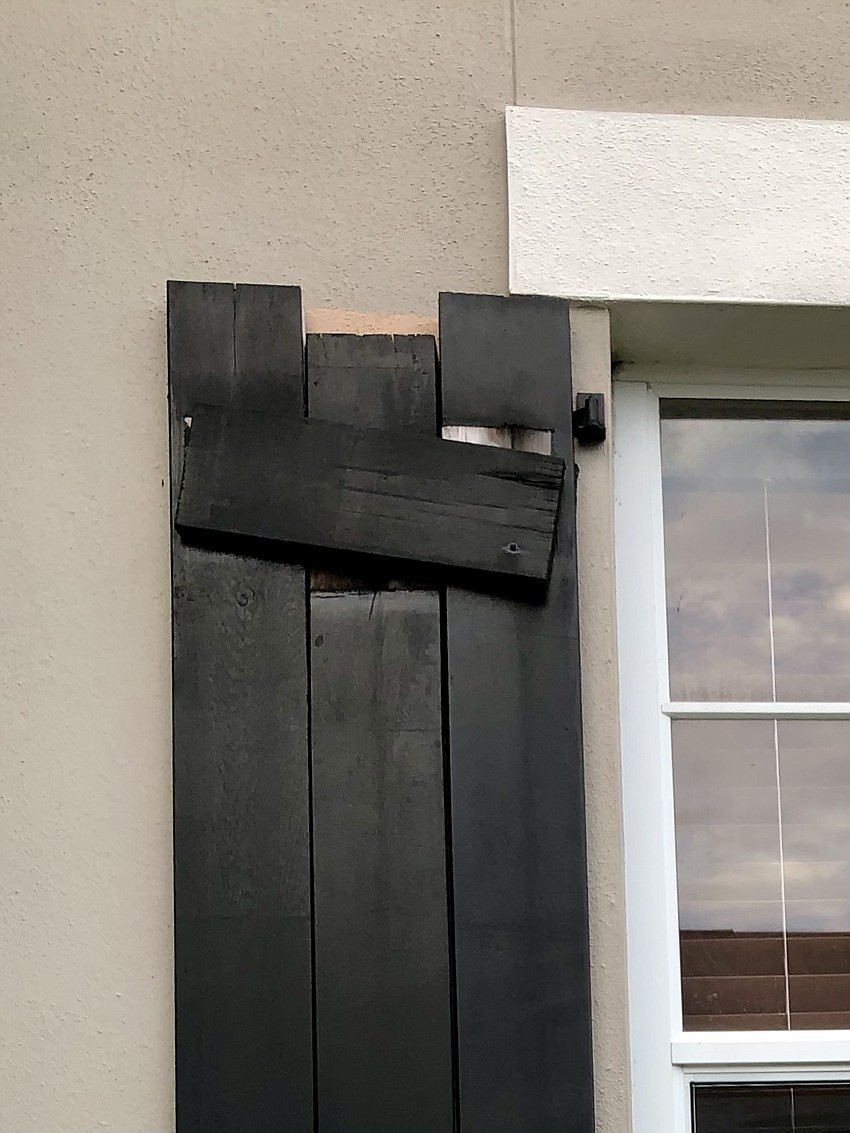- December 20, 2024
-
-
Loading

Loading

My college roomie grew up on a hog farm in Indiana. She once told me that her daddy had a saying. It went something like this:
“If you clean the hog pens every day, life is easy. However, if you let the daily refuse of your animals pile up, over time it can harden and become a major nuisance to remove.”
[Colorful language omitted out of respect for our readers. Use your imagination!]
It turns out that life on a Midwestern farm is pretty much the same as it is everywhere else, and the lesson contained within this allegory continues to apply to all sorts of situations, including home maintenance matters in Baldwin Park.

A Defensive Line — The Building Envelope
A key example of how putting off regular home maintenance can come back to bite you is delaying the painting of exterior walls, doors, trim, shutters and other surfaces. According to Holly Renick, residential sales associate for CertaPro Painters, to maintain the integrity of your home’s building envelope (the exterior part of the house that separates the interior climate from the exterior climate), repainting should be done every four to seven years and no fewer than every 10 years.
“Especially in Florida, where sun, rain, and generally hot and humid conditions can accelerate wear and tear of even the most durable of building materials, homeowners here need to repaint more frequently than those in more moderate climates,” she said.
How Fast is Your Color?
One of the first signs of aging exterior paint is color fading, which is caused primarily by the sun’s ultraviolet radiation. Color duration can be optimized from the start by color selection.
According to a recent post on TheHomeGeek.com, “Certain colors, such as reds, blues, and greens, are more susceptible to fading due to sun exposure than light earth-toned colors like tans, beige, brown, and shades of white.”
On the other hand, light colors tend to show more dirt and stains, so pressure washing is often required to keep a paint coat looking new.
Multiple Paths to Destruction
Excessive moisture can cause peeling, building settlement can cause cracking, and the wrong sheen combined with prolonged aging of exterior paint can cause chalking.
According to TheSpruce.com: “Chalking is actually the paint pigment released by the paint binders that have been broken down by exposure to the weather. It’s telltale sign is a chalky film left on your hand after touching a painted surface.
It’s a sign the paint is failing, meaning moisture can be absorbed into the wall assembly. In other words, the building envelope has been compromised.
Fix It First
In all cases of paint deterioration, problems tend to mount as more time passes and need to be addressed before a fresh coat of paint can be applied. This often involves mold removal, caulking, sealing, conditioning and application of special primers that can increase the cost of a paint project. In the worst-case scenario, structural and moisture problems need to be re-mediated costing multiples of the periodic paintings that could have been done to prevent them.

Color by Historical Precedence
Step one of planning for your exterior paint project is to download a paint application from the community portal and identify your proposed colors. In Baldwin Park, the HOA has a pre-approved palette of colors for every home style based on historical use. Swatches can be obtained at the HOA office. Colors must be chosen for the home body, trim, doors (including your garage door), and if applicable, shutters, porch and lanai floors and ceilings. Color choices outside of the pre-approved palette can be proposed by the homeowner must be approved by the Architecture Review Committee and be consistent with the home style.
Shiny and New
The sheen of each surface should be determined to ensure appropriate appearance and durability. For instance, entry doors are often painted with a gloss or semi-gloss finish. Trim can be painted with semi-gloss or satin finish, and the home body often is satin. It is desirable to have a hierarchy of sheen with high gloss drawing the most attention and used sparingly. A flat finish is hardly ever recommended for Central Florida exteriors, as it is the least able to withstand the elements.
Mind Your Neighbor
Color considerations need to take into account the context of neighboring homes so that the same color is not repeated next door or unduly on the same block. Curiously, the exception to this rule is a white home, which can be in close proximity, even next door, to another white home.
Plan Ahead
As with most things, timing is key. Paint can be successfully applied in Central Florida any time of the year except when daytime temps are below 50 degrees Fahrenheit or when it is raining.
“Paint takes about 30 minutes to dry and up to three weeks to cure,” CertaPro’s Renick says.
As long as paint can completely dry before rain starts, your project can proceed.
When times are good, it is easy to forget to take care of periodic maintenance activities. Most farmers will tell you though not to put off to tomorrow what you can do today.